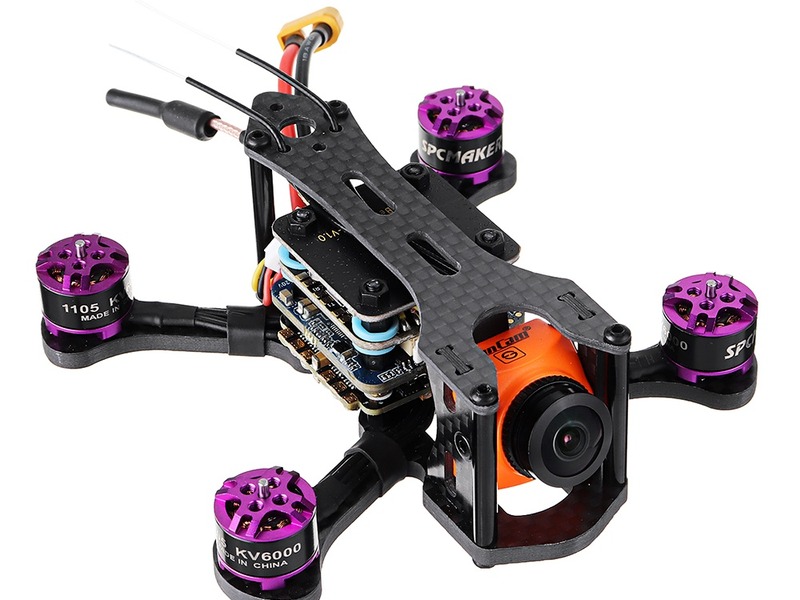Can a quadcopter fly in a vacuum?

No, a quadcopter cannot fly in a vacuum. This is because a quadcopter relies on air to generate lift, and a vacuum does not contain any air. Without air, a quadcopter cannot generate the lift necessary to stay airborne.
A quadcopter is a type of unmanned aerial vehicle (UAV) that is powered by four rotors. These rotors spin in opposite directions, creating a thrust that allows the quadcopter to move in any direction. The rotors also generate lift, which is the force that keeps the quadcopter airborne. This lift is generated by the air passing over the rotors, creating an area of low pressure above the rotors and an area of high pressure below them. This difference in pressure causes the quadcopter to be pushed upwards.
In a vacuum, there is no air, so the rotors cannot generate lift. Without lift, the quadcopter will not be able to stay airborne. Additionally, the lack of air in a vacuum means that the rotors will not be able to generate enough thrust to move the quadcopter in any direction. This means that even if the quadcopter were able to stay airborne, it would not be able to move.
In addition to the lack of air, a vacuum also has no friction. This means that the quadcopter would not be able to slow down or stop, as the rotors would not be able to generate enough drag to counteract the thrust. This could cause the quadcopter to accelerate uncontrollably, potentially leading to a crash.
Finally, a vacuum also has no atmosphere, which means that the quadcopter would not be able to sense its environment. This is because the quadcopter relies on air pressure to sense its altitude and airspeed. Without air pressure, the quadcopter would not be able to sense its environment, making it difficult to control.
In conclusion, a quadcopter cannot fly in a vacuum. This is because a vacuum does not contain any air, which is necessary for the quadcopter to generate lift and thrust. Additionally, a vacuum has no friction, which could cause the quadcopter to accelerate uncontrollably, and no atmosphere, which would make it difficult to sense its environment.
Comments / Question
1. A quadcopter can fly in a vacuum with a greater degree of stability and control than a conventional aircraft, as there is less air resistance and turbulence.
2. A quadcopter can also fly for longer distances and for longer durations in a vacuum than a conventional aircraft.
Disadvantages:
1. The lack of air resistance means that the quadcopter must generate more power in order to maintain lift and propulsion. This means that the quadcopter will require more energy, and increased weight, to operate in a vacuum.
2. Without air resistance, the quadcopter will be more prone to overshooting, which can be dangerous in a vacuum.
3. The lack of air resistance also means that the quadcopter will be more likely to drift off course, making navigation more difficult.
2. Propellers: The propellers would need to be made of more durable materials that can withstand higher temperatures and the lack of air molecules to cool them while they spin.
3. Battery: A more powerful battery would be needed to power the increased motor and propeller demand.
4. Frame: A more robust frame would be needed to hold all the components together and maintain stability in the vacuum.
5. Electronics: The electronic components of the quadcopter would need to be re-engineered to work in the vacuum environment. This would include the sensors, the processors, and the control board.
6. Control System: A new control system would need to be designed and implemented to allow for the quadcopter to be controlled in the vacuum environment.
2. Loss of thrust: Without air, a quadcopter’s motors would have no air to push against, making it difficult to generate the thrust needed to stay in the air.
3. Heat management: Without air, the motors of a quadcopter would be unable to dissipate heat properly, leading to rapid overheating and potential failure.
4. Lack of navigation: Without air, a quadcopter would have difficulty navigating around obstacles and staying on course.
5. Communication interference: Without air, a quadcopter’s radio signals would be severely limited, making it difficult to communicate with ground controllers.

